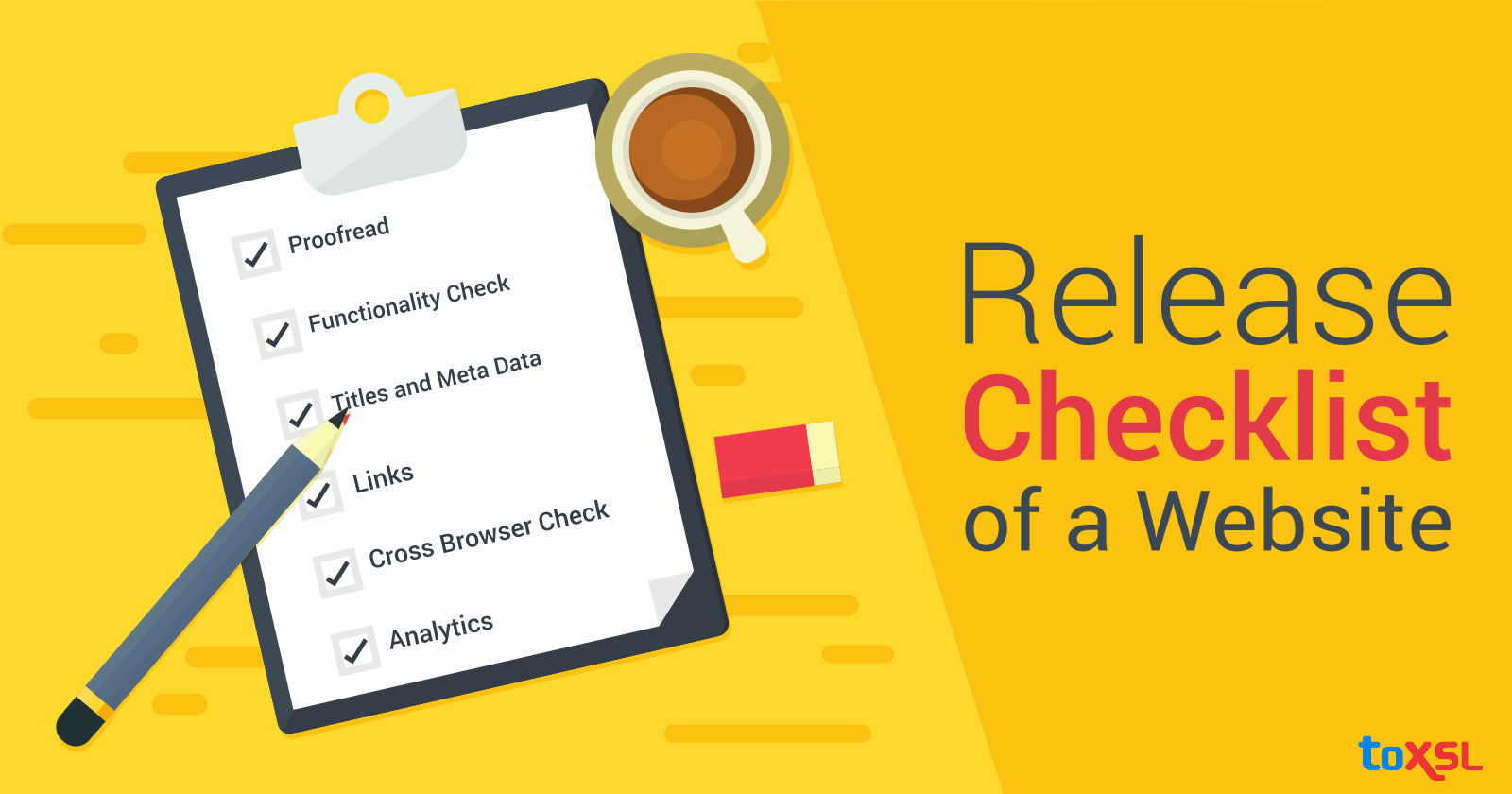- Jul 20, 2018
Share this post on:

Regardless of whether you are building up a new website or updating an existing website, the launch of a website is an exciting and in addition a daunting task even for the most seasoned professionals. Testing teams do not know where to begin the testing process from. There are a number of things that are most of the times overlooked in the eagerness to make the website live, like a broken link or an incorrectly spelled word.
Therefore, it is helpful to have a checklist to look through as you announce the website to the outside world.
Proofread: Read everything. Regardless of whether you have just read it, read it once more. Get another person to read it. There is continually something you will pick up on and need to change. Check whether you can decrease the content by keeping it specific. Separate huge content into shorter paragraphs. Include clear headings and utilize bullet points wherever conceivable with the goal that clients can without much of a stretch scan the website.
Keep in mind about the dynamic content as well, like, alert and pop-up boxes.
Functionality Check: If you have a contact form, test it and send it to yourself to perceive what comes through. Motivate others to test your website, and not simply family and friends but rather the website's target clients. Sit back and observe how a new user utilizes the website. It is astounding when you will see others utilizing your website uniquely in contrast to how you expect they would use it.
Common things to check for are contact forms, search functionality, shopping carts and log-in page.
Titles and Meta Data: Your page title is an essential component of SEO and to tell clients the content of the page. You have to ensure it changes on each page and identifies with that page's content. It is additionally a smart thought to incorporate meta description and keyword tags in the webpage. Change the description on every page to relate with that page's content as this is shown in the Google search result description.
Links: Do not simply expect every one of your links to work. Tap on them. You may frequently forget to include "HTTP://" to links to external websites. Ensure your logo connects to the landing page. Also, check if the connections are easily visible to the new users. The links should differentiate from the other content on the page. Try not to underline the text that is not a link as it will confuse the clients.
Cross Browser Check: When you think your design looks awesome, pixel perfect, you check it in the browser and see that everything is broken. It is imperative that your website works across browsers. Everything should work perfectly and the client should not perceive any issues. The most well-known browsers to check are the latest version of Internet Explorer, Firefox 3, Safari 3, Chrome and Opera.
Analytics: Introducing an analytic tool is imperative for estimating insights to perceive how your website performs and how effective your conversion rates are. Track daily unique hits, monthly website visits and browser statistics and every single valuable data to begin tracking from day 1.
At this point, you have got a general thought of things to be tested before propelling a website. Make a to-do list for the day and keep it handy to check over before making the website live.











